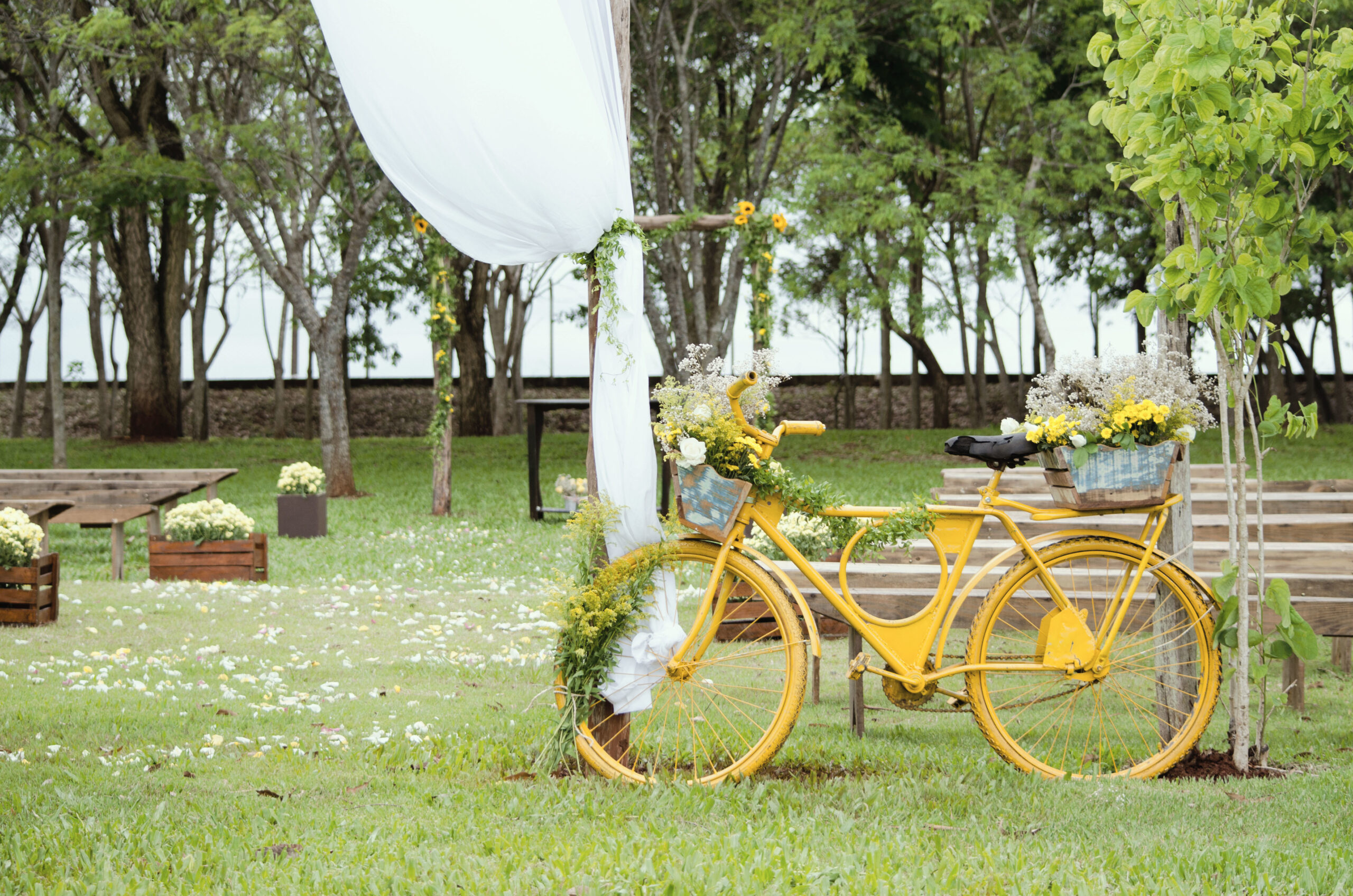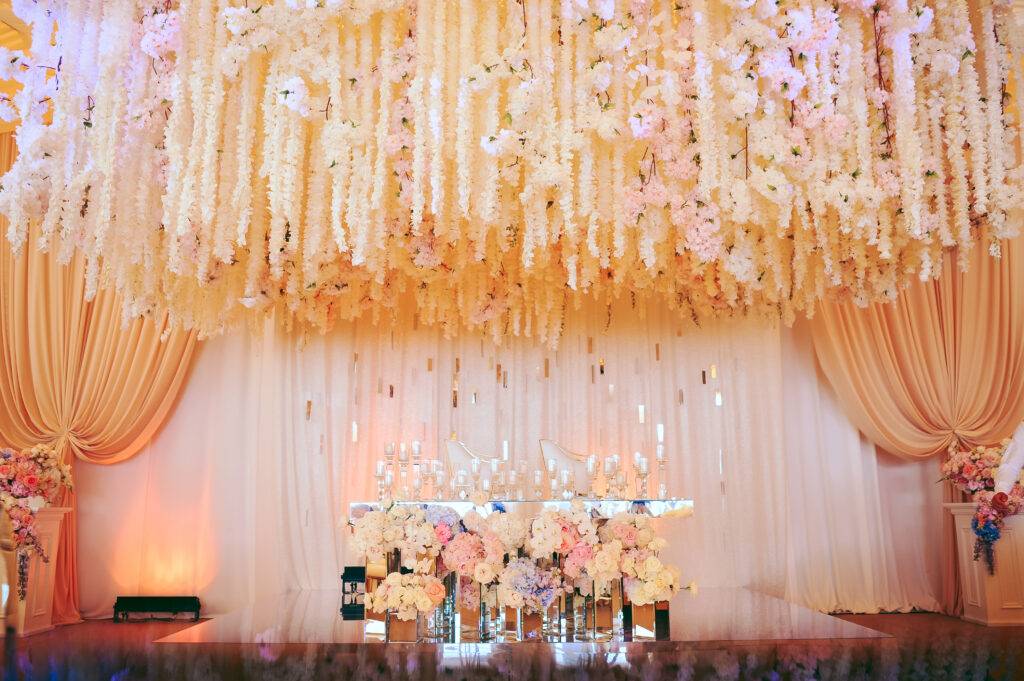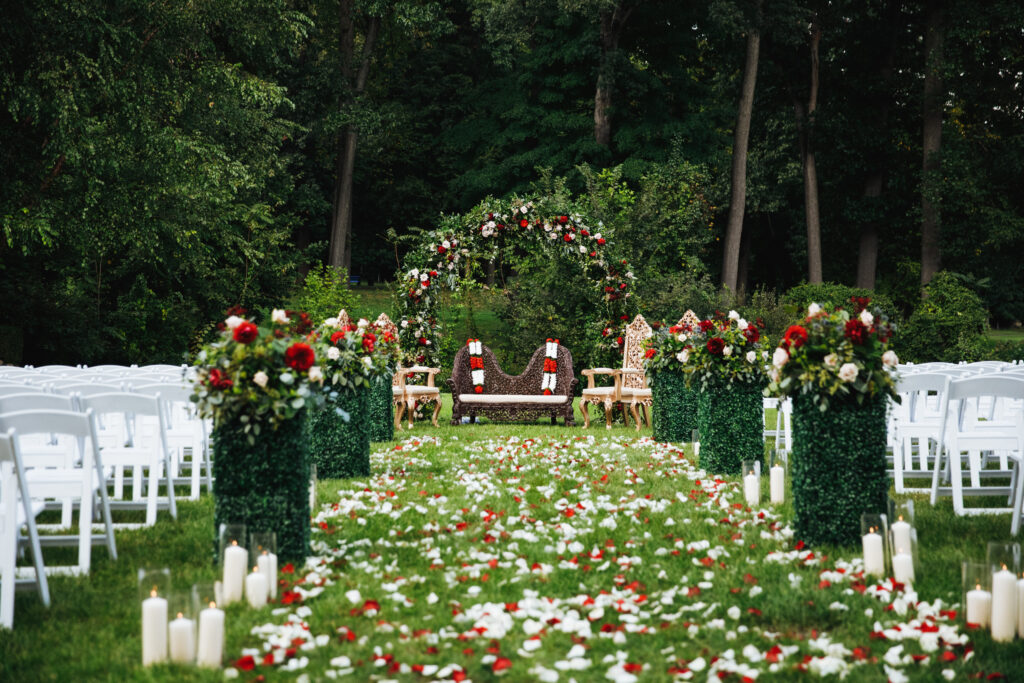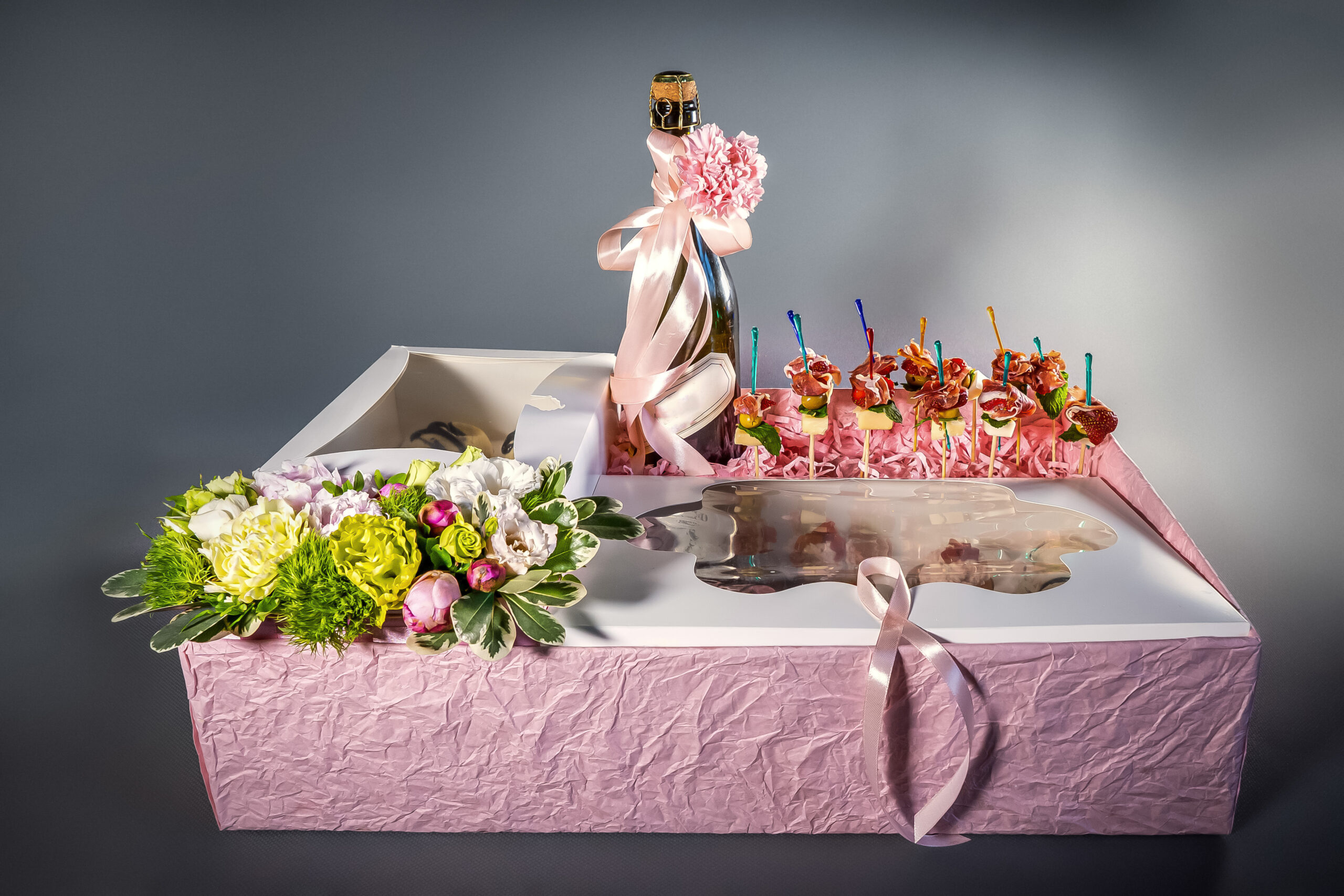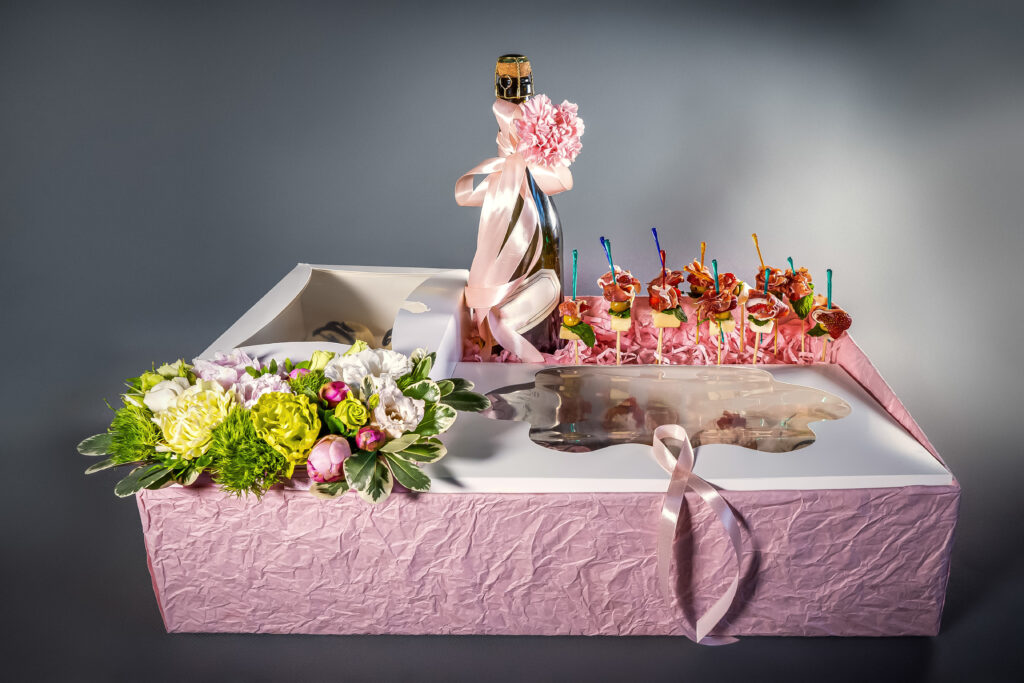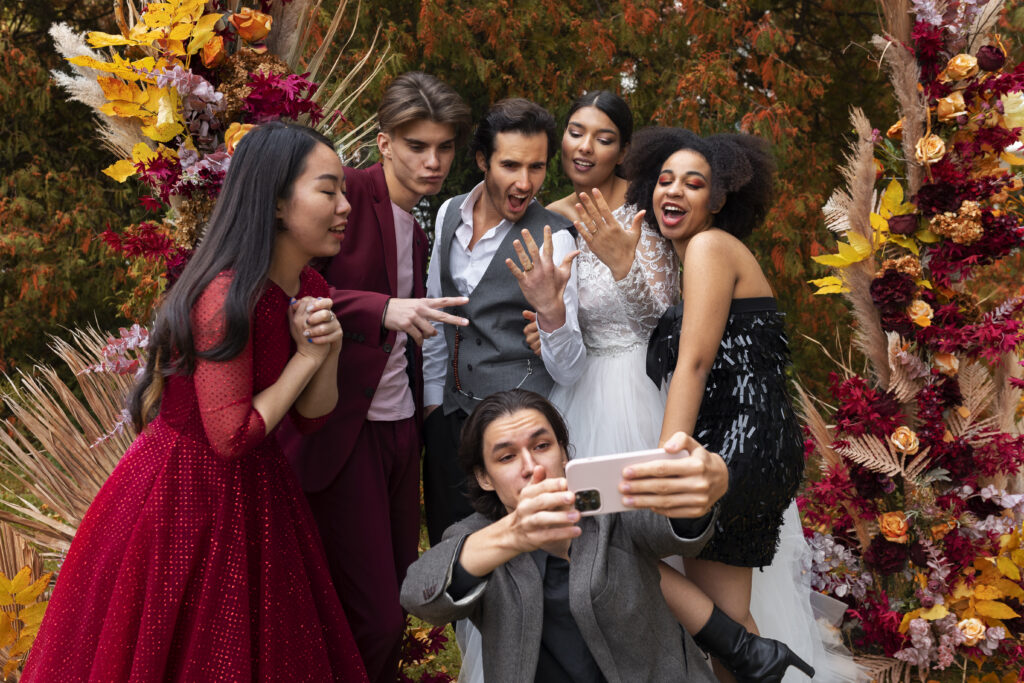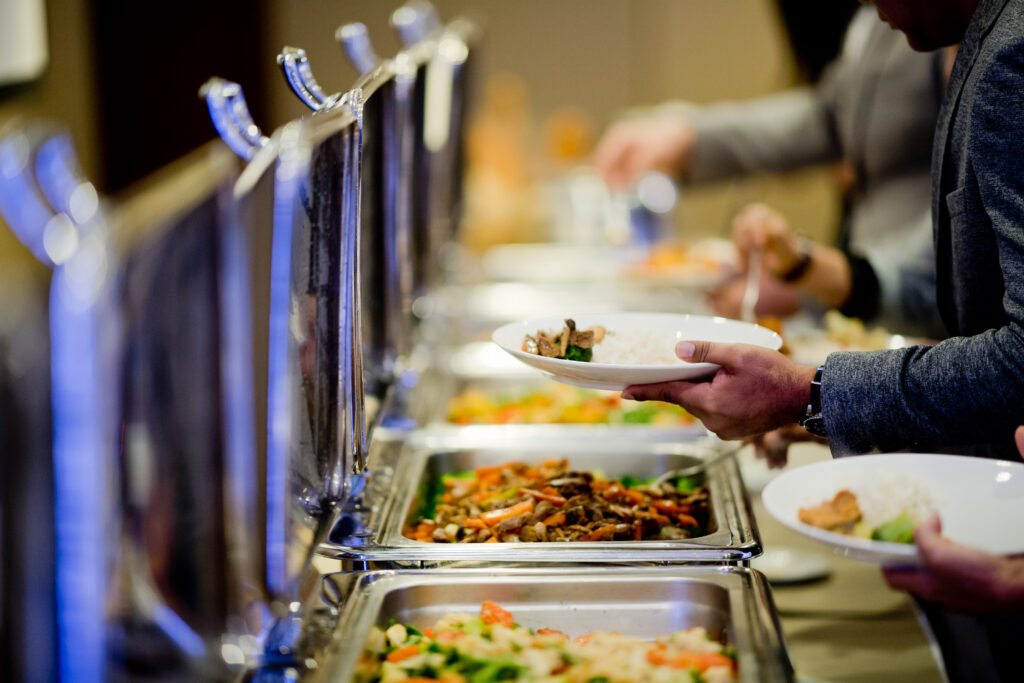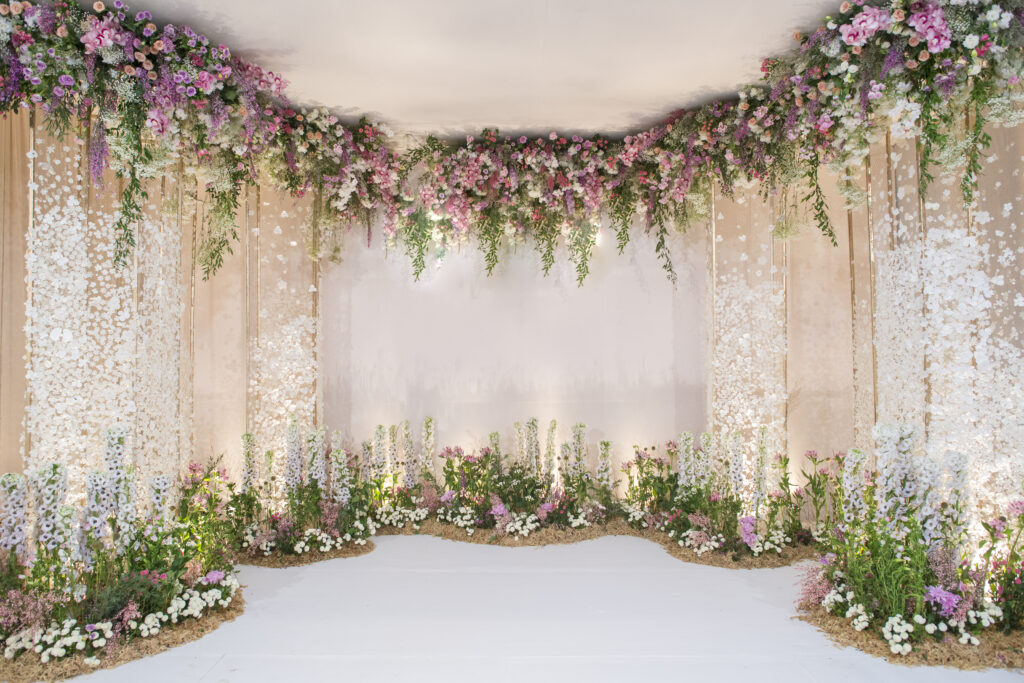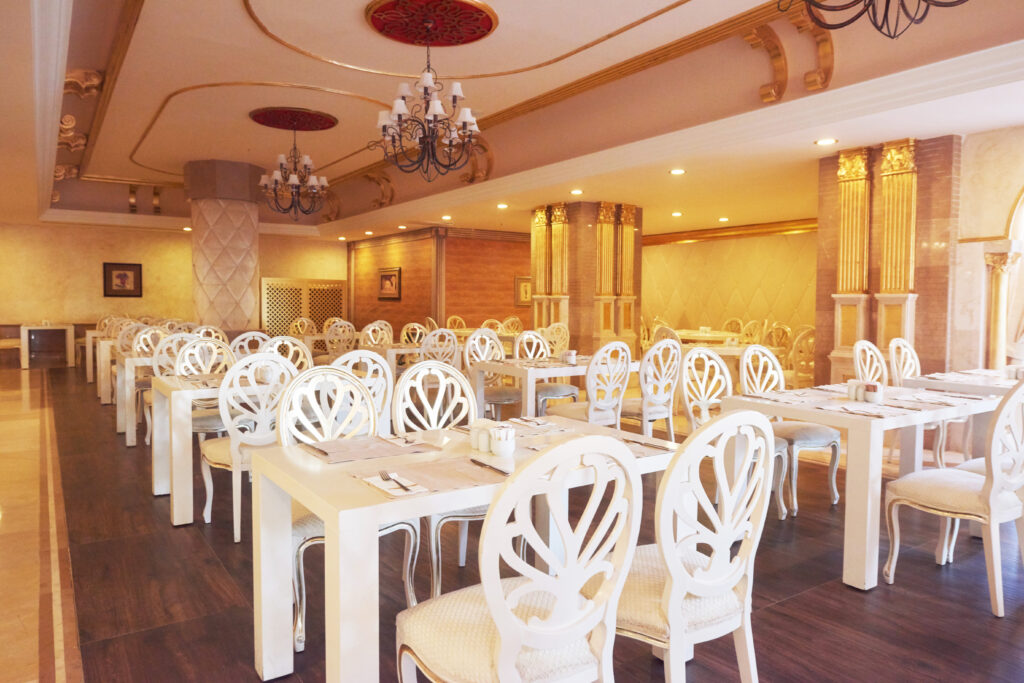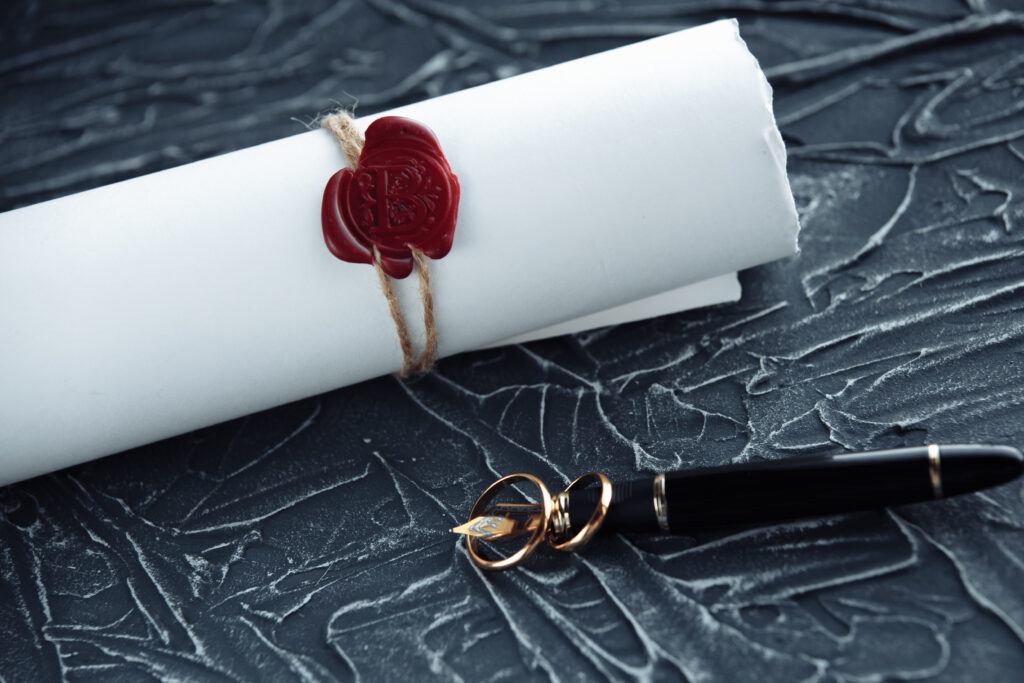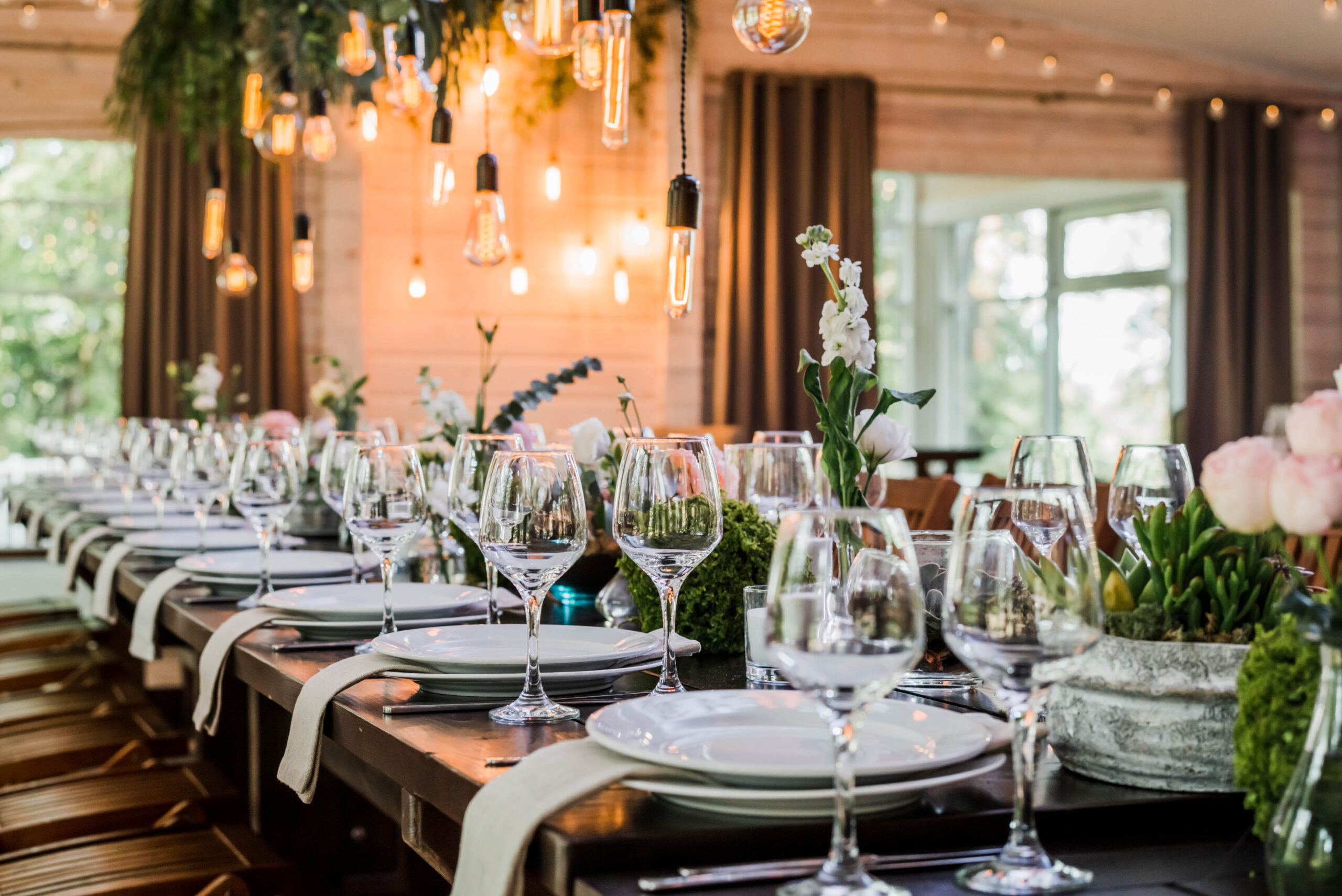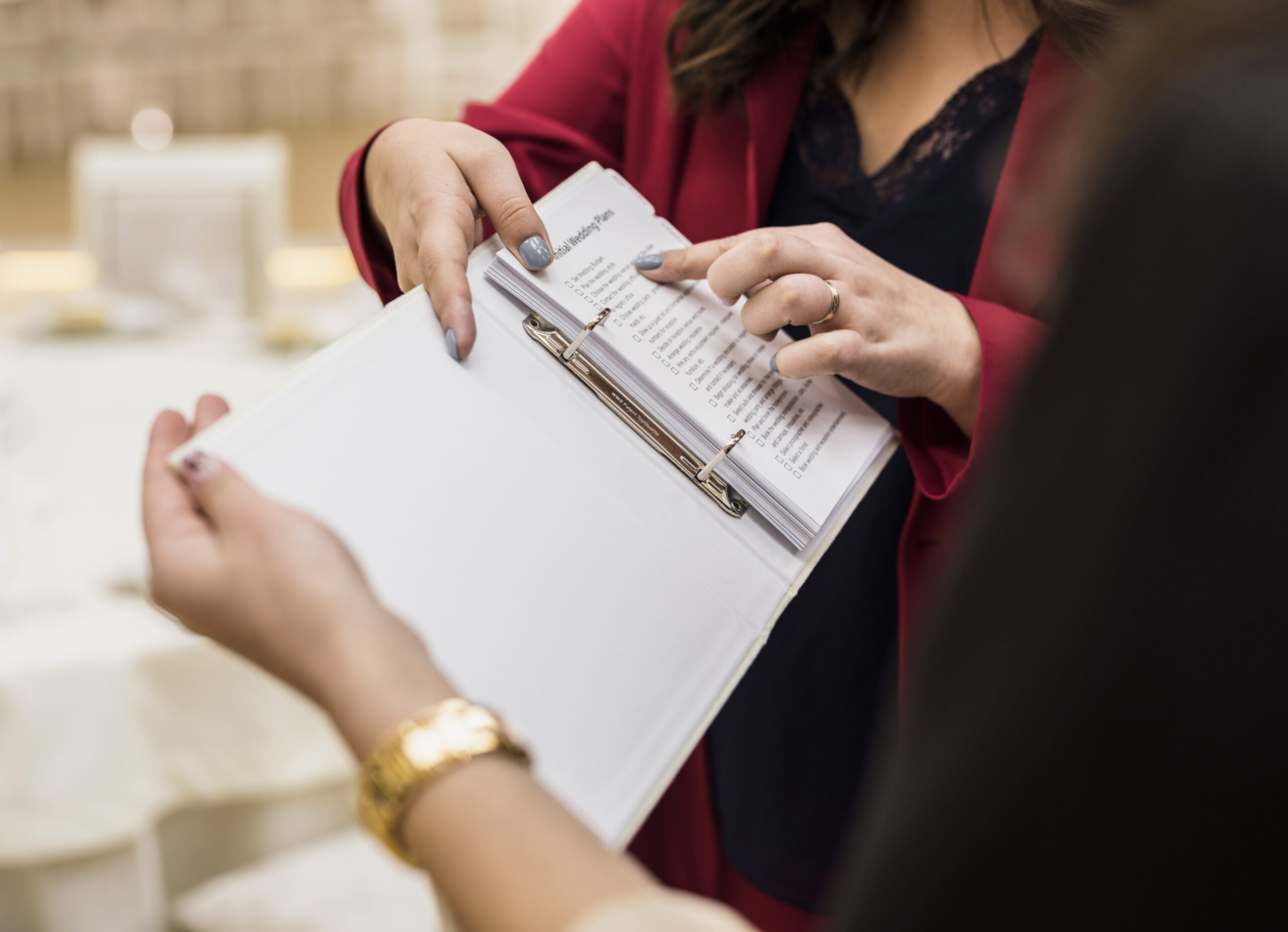Introduction
Weddings in 2025 are poised to transcend the traditional. Aesthetic storytelling is the new luxury, and wedding decor is at the heart of this transformation. Couples no longer seek just visual appeal, they crave an atmosphere that resonates with their story, values, and aspirations. The evolving landscape of decor trends is a reflection of deeper emotional connections, cultural nuances, and innovative technology.
Sustainability in Wedding Decor
Eco-consciousness is no longer a fringe preference, it’s a central theme. Couples are leaning into wedding decor choices that reflect environmental responsibility. Recycled elements, potted plants instead of cut flowers, biodegradable confetti, and digital invitations are becoming norms. Reusable installations and modular design setups are redefining elegance with ethics. The charm lies in minimal waste and maximum impact.
The Rise of Intimate and Immersive Spaces
Gone are the days of vast, impersonal ballrooms. The new-age couple wants intimate settings that envelop their guests in warmth and experience. Decor is being used to craft immersive micro-environments from cabana-style lounges under fairy-lit canopies to thematic dining corners inspired by Mediterranean markets. Drapes, lighting, and spatial design are becoming tools for storytelling, where each corner offers a moment to savor.
Bold Color Palettes & Unconventional Hues
2025 will see a bold break from pastels and beige monotony. Jewel tones like emerald green, burnt orange, cobalt blue, and mulberry are gaining momentum in wedding decor palettes. These powerful hues add depth and drama to ceremonies, giving each function its own visual personality. Paired with metallic accents or rustic textures, the result is a strikingly modern, unforgettable celebration.
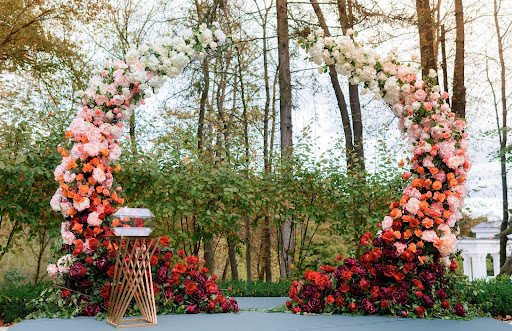
Floral Installations Reimagined
Floral decor is taking on sculptural and architectural forms. Think suspended floral chandeliers, vertical gardens as mandap backdrops, and asymmetric floral arches. Dried flowers mixed with fresh blooms add an earthy aesthetic, and unexpected pairings like orchids with pampas grass or lotus with eucalyptus are setting new design standards. Wedding decor in 2025 is floral art, not just flower arrangement.
Tech-Infused Decor Experiences
Technology is making waves in how guests experience decor. Projection mapping, interactive LED setups, augmented reality elements, and synchronized lighting are blending seamlessly into wedding aesthetics. Imagine a mandap that changes hues with music or a photo wall that reacts to touch. These innovations not only elevate ambiance but also provide unforgettable moments, reshaping the future of wedding decor.

Fusion of Cultural and Contemporary Themes
Indian weddings are embracing global inspirations without abandoning tradition. This harmonious fusion is evident in decor that marries Rajasthani motifs with Scandinavian minimalism or Mughal arches with industrial-chic lighting. Textiles like handloom drapes, ikat runners, and embroidered backdrops infuse cultural elegance into modern structures. The result is a culturally resonant yet fashion-forward visual identity.
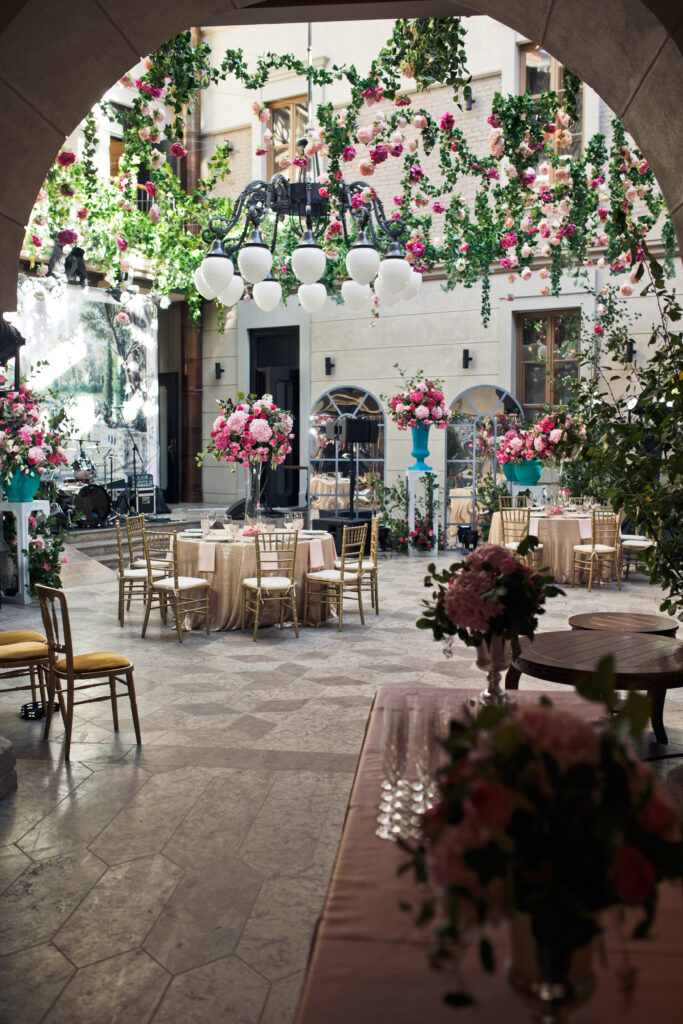
Customization: Storytelling Through Decor
Personalization is paramount. From monogrammed signage and custom aisle runners to photo memoir tables and bespoke installations, every decor detail is a narrative piece. Decor is becoming a medium to chronicle the couple’s journey from their first date to the proposal. Emotional resonance is now as important as visual appeal in wedding decor, turning venues into living memoirs.
How The Wedding School Shapes the Future of Wedding Decor
At the forefront of this creative revolution is The Wedding School, an institution redefining the way the industry approaches decor. Through in-depth modules on design principles, color psychology, and execution techniques, it equips aspiring planners and designers with real-world insights. Students gain access to live wedding setups, vendor networks, and seasoned mentors preparing them to lead with innovation and integrity.
By emphasizing practical experience and conceptual understanding, The Wedding School enables future professionals to deliver wedding decor that is both technically flawless and emotionally evocative. Their curriculum evolves in tandem with trends, ensuring graduates are always a step ahead in the ever-changing wedding landscape.
Conclusion
The essence of wedding celebrations is shifting from ostentation to authenticity, from template to tailored. The trends of 2025 reflect a world where wedding decor is not just about what looks good, but what feels meaningful. Whether it’s through sustainable choices, immersive settings, or culturally-rooted innovations, decor is evolving into a language of love, memory, and imagination.
For those ready to shape or experience this future, platforms like The Wedding School are leading the way one trend, one vision, and one extraordinary wedding at a time.

